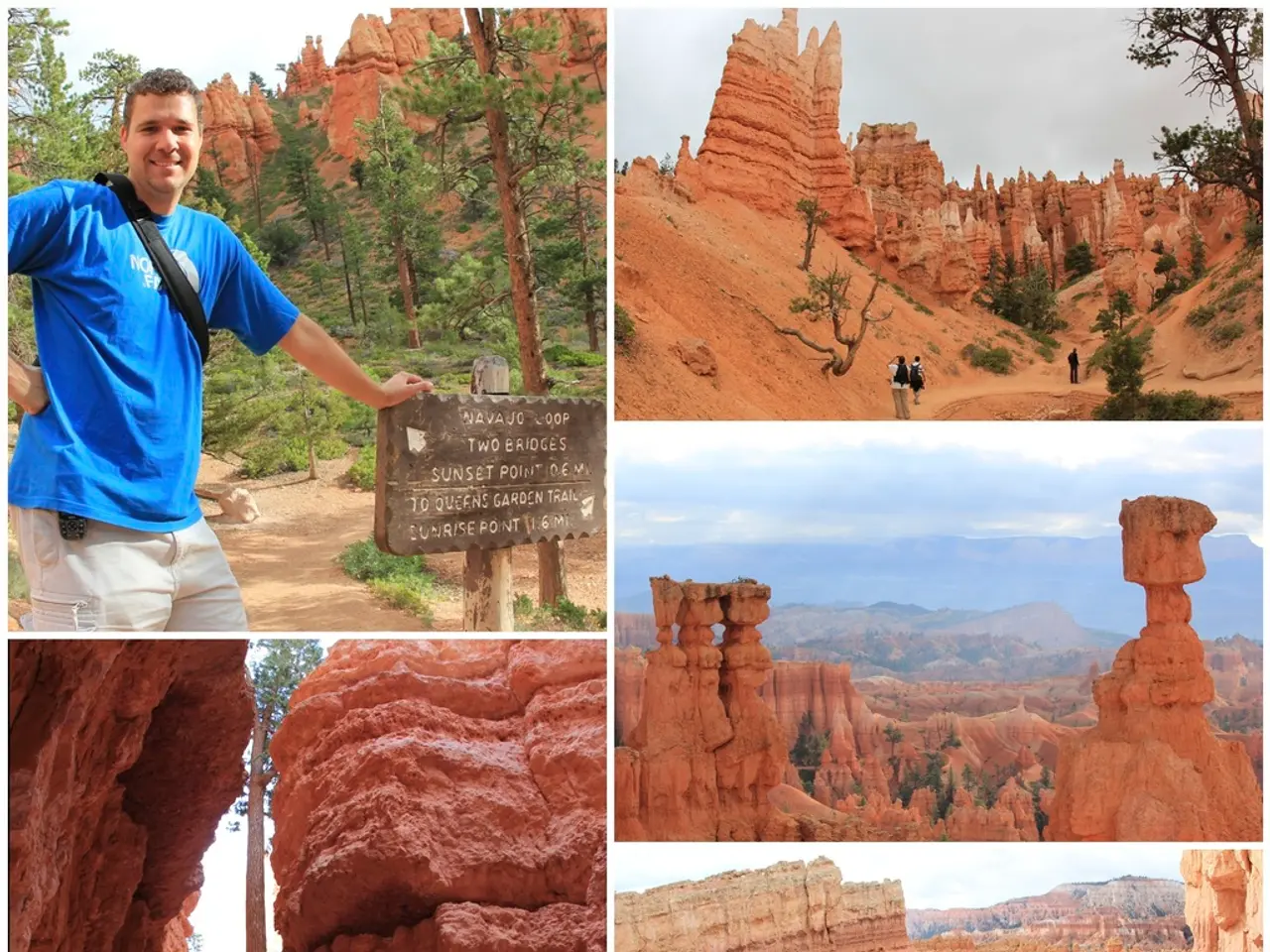Advocates from Tribal Communities View the Stimulus Package as a Significant Opportunity
The American Rescue Plan, signed into law by President Biden two weeks ago, is directing the largest investment to tribal communities in U.S. history, amounting to more than $31 billion. This substantial funding is intended for recovery, not just response, and is set to be released no later than May 10, as per the bill's text.
The funds are expected to address critical needs in tribal communities, with access to water infrastructure and internet connectivity being top priorities, especially during the pandemic. For instance, the Navajo Nation, which lacks water infrastructure, has faced difficulty with hand-washing during the health crisis.
However, some tribal leaders perceive the threat of fund recoupment in the American Rescue Plan as a lack of trust. Nicole Horseherder, who leads the Tó Nizhóní Áni organisation focusing on water rights for the Navajo Nation, voices this concern.
The American Rescue Plan also includes $20 million specifically toward language preservation, a crucial aspect for many tribal communities.
Tribal governments in the U.S. don't receive any income or property taxes and have faced significant economic hardship throughout the pandemic. The Coronavirus Aid, Relief, and Economic Security (CARES) Act came with heavier restrictions as to how tribal governments could spend the $8 billion allocated to them.
The flexibility in the American Rescue Plan is a welcome change from the CARES Act. While the language in the American Rescue Plan could have been more flexible to provide greater sovereignty to tribal nations, the plan's overall flexibility is seen as a positive step.
The American Rescue Plan also allocates $600 million for critical economic and infrastructure investments. Clean energy is a significant financial opportunity for tribal nations, with potential partnerships and projects in development. Some tribal nations, such as the Gila River Indian Community and the Rosebud Sioux Tribe, are planning to respond to and adapt to the climate crisis with these funds.
Post-American Rescue Plan federal budget proposals present challenges to sustained water infrastructure funding for tribes, highlighting the importance of these funds for maintaining tribal services. The American Rescue Plan's impact on specific areas like clean energy and language preservation is not fully described, but federal grant programs historically available to tribes suggest that the plan likely contributed or paved the way for related initiatives.
- The Navajo Nation, in light of the water infrastructure crisis, could potentially collaborate with other tribal communities in beneficial clean energy projects funded by the American Rescue Plan, aiming to adapt to climate change.
- As digital connectivity is essential for many aspects of modern life, including telemedicine, it's crucial for tribal magazines and newsletters promoting sustainability and community art to benefit from improved infrastructure investments brought about by the American Rescue Plan.
- Given the importance of preserving native languages and cultures within tribal communities, a collaborative effort between the arts, sports, and language advocacy groups could make use of the $20 million allocated in the American Rescue Plan for language preservation, ensuring a sustainable future for future generations.








